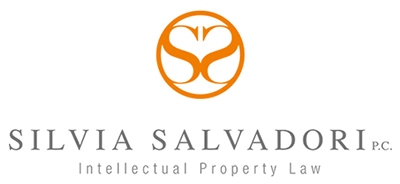Patent Ineligibility Facts May Preclude Ineligibility, as Decided by USPTO
 In February 2018, the Federal Circuit decided the case Berkheimer v. HP Inc., in which it held that evaluating patent eligibility may involve issues of facts that may preclude ineligibility.
In February 2018, the Federal Circuit decided the case Berkheimer v. HP Inc., in which it held that evaluating patent eligibility may involve issues of facts that may preclude ineligibility.
On April 19, 2018, the United States Patent and Trademark Office (USPTO) issued a memorandum stating that elements of a patent cannot be found to be well-understood, routine, and conventional “unless the examiner finds, and expressly supports a rejection in writing” in one of the four pieces of information.
The Berkheimer memorandum provides clarification regarding the inquiry into whether a claim limitation represents four (4) pieces of information to a skilled artisan in the relevant field:
- Well-understood
- Routine
- Conventional activities, or
- Conventional elements
The Federal Circuit found that the question of whether certain claim limitations are well-understood, routine, conventional elements, raised a disputed factual issue, which precluded summary judgment that all of the claims at issue were not patent eligible. Berkheimer v. HP Inc., 881 F.3d 1360 (Fed. Cir. 2018).
The Berkheimer memorandum clarifies the conclusion that an element (or combination of elements) is well-understood, routine, and a conventional activity, and must be based upon an appropriately supported factual determination.
It also clarifies that the analysis as to whether an element (or combination of elements) is widely prevalent or in common use, is the same as the analysis under 35 U.S.C. § 112(a) as to whether an element is so well known that it need not be described in detail in the patent specification.
On the contrary, the conclusion that an element (or combination of elements) is well-understood, routine, and a conventional activity must be supported by:
- An express statement in the specification, or made by an applicant during prosecution, demonstrating the well-understood, routine, conventional nature of the additional element(s).
- One or more of the court decisions noting the well-understood, routine, conventional nature of the additional element(s).
- A publication demonstrating the well-understood, routine, conventional nature of the additional element(s).
Official notice of the well-understood, routine, or conventional nature of the additional element(s) may be used only when the examiner is certain that the additional element(s) represents well-understood, routine, conventional activity engaged in by those in the relevant art.
If an applicant challenges the examiner’s position that the additional element(s) is well-understood, routine, and a conventional activity, the examiner should reevaluate whether the additional elements are in actuality well-understood, routine, conventional activities.
If the examiner has taken official notice, and the applicant challenges (specifically stating that the element(s) is not well-understood, routine, and a conventional activity), the examiner must then provide one of the first three factual bases or provide an affidavit or declaration under 37 CFR 1.104(d)(2), setting forth specific factual statements and explanation.
Please contact me at silvia@salvadorilaw.com with questions or comments.
Silvia Salvadori, PhD

